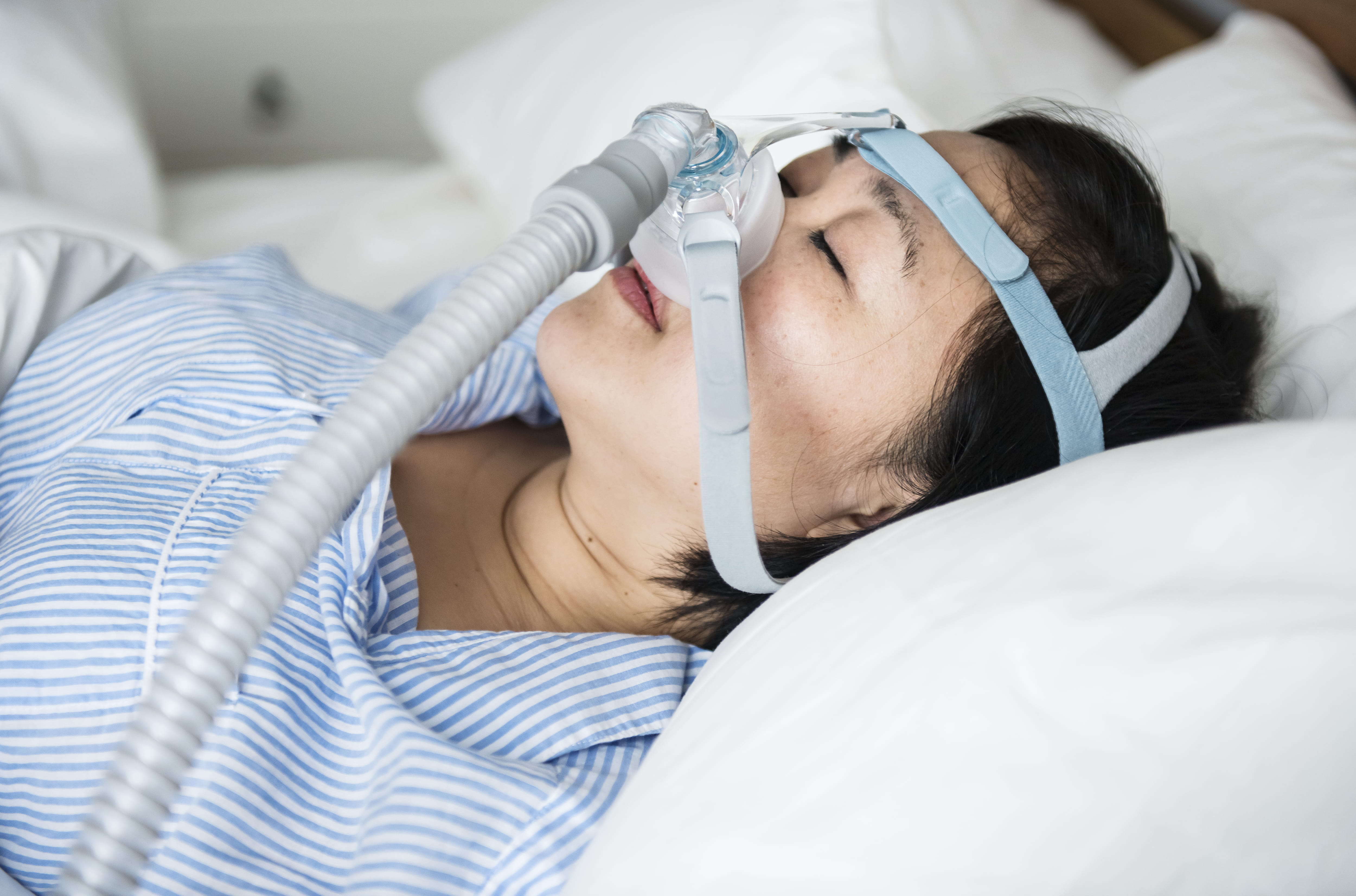healthcare

June 12,2025 • 5 min read
Behind the Stethoscope: A Day in the Life of a Pulmonary Doctor

Once the predawn hush lingers in the corridors, a pulmonary doctor embarks on a diurnal odyssey that melds scientific acumen with empathetic care. By sunrise, our clinician reviews imaging and spirometry, ensuring each ambulatory patient with lung ailments receives bespoke attention. Meanwhile, liaison with sleep apnea doctors guides nocturnal treatment pivots, melding daytime evaluations with overnight monitoring. Over the first few hours, priorities crystallize: stabilize respiratory parameters, synchronize multidisciplinary teams, and personalize tomorrow’s follow-up schedules.
Morning Rituals with a Pulmonary Doctor
A typical dawn finds the pulmonary doctor poring over arterial blood-gas results in a hushed conference room. Clad in crisp scrubs, they synthesize radiographic patterns and confer with respiratory therapists. The delicate act of auscultation—listening for crackles, wheezes, or diminished breath sounds—yields clues about interstitial diseases, emphysema, or acute infection. As daylight seeps through venetian blinds, the clinician correlates spirometry curves with clinical history, tailoring bronchodilator dosages or prescribing anti-fibrotic agents.
Each morning, the pulmonologist navigates electronic health records, triaging urgent lab abnormalities: elevated D-dimer levels may prompt a CT pulmonary angiogram, while abnormal eosinophil counts could suggest eosinophilic pneumonia. Between patient knock-and-enter consults, quick video huddles with ICU colleagues ensure ventilator settings optimize oxygenation without barotrauma.
Collaborative Case Review
In multidisciplinary huddles, our pulmonary doctor delineates therapeutic stratagems. Patients with refractory asthma, idiopathic pulmonary fibrosis, or complex bronchiectasis benefit from the physician’s meticulous analysis. Colleagues query ventilator settings, while the pulmonologist elucidates anti-inflammatory regimens and oxygen titration plans. This collegial synergy fosters innovative, patient-centric care pathways that evolve with every conference.
These case reviews often segue into protocol refinements. For instance, after noting several readmissions for COPD exacerbations, the team may pilot a nurse-led telemonitoring program. By calibrating alert thresholds—for heart rate, respiratory rate, and oxygen saturation—they preempt acute crises. The pulmonologist champions educational modules, training staff on new spirometry interpretation software that flags early declines.
Coordinating with Sleep Apnea Doctors
As morning advances, correspondence with sleep apnea doctors ensures that patients on CPAP or BiPAP devices receive firmware updates and mask fitting adjustments. Through telemonitoring platforms, data on apnea–hypopnea indices and mask leak rates flow into electronic health records. This synergy elevates adherence, alleviates diurnal somnolence, and mitigates cardiovascular sequelae. Joint phone calls sometimes reconvene to troubleshoot stubborn desaturation events in real time.
Beyond technical tweaks, the pulmonologist and sleep specialist co-design patient education leaflets: pictorial guides demystify device setup, while QR-coded videos demonstrate nightly mask application. Monthly peer-reviewed audits compare compliance rates across demographics, refining outreach strategies for underserved communities.
Midday Diagnostics and Procedures
By mid-morning, bronchoscopies demand the pulmonologist’s steady hand. Under conscious sedation, they navigate the bronchi, retrieving lavage specimens for cytology and microbiology. Each tissue sample may unveil malignancy, rare infections, or eosinophilic pneumonia, galvanizing treatment pivots. In parallel, our pulmonary doctor interprets pulmonary function tests—charting FEV₁, FVC, and diffusion capacity values—to monitor disease progression or response to therapy.
The procedure suite hums with activity: nurses prepare sedation protocols, while pathology technicians await on-site rapid-on-site evaluation (ROSE). After sampling, the pulmonologist debriefs trainees on safety checks—ensuring pneumothorax is excluded by post-procedure ultrasound—before transitioning to the next consult.
Consultations with Complex Cases
Patient consultations fill the late-forenoon hours. Here, the pulmonologist employs vivid metaphors—comparing alveoli to clusters of delicate grapes—to demystify intricate pathophysiology. An empathic tone helps patients embrace inhaler techniques, nebulizer regimens, or home oxygen systems with confidence. Distinct cases—such as a young runner coping with exercise-induced bronchospasm—receive individualized plans that balance athletic goals with respiratory safety.
Discussions often address environmental triggers: pollen counts, air quality indices, and occupational exposures. The pulmonologist may write letters for workplace accommodations, advocating low-dust zones or respiratory protective equipment. For pediatric referrals, they collaborate with pediatric pulmonologists to adjust therapy based on growth percentiles and developmental milestones.
Treatment Plans from Sleep Apnea Doctors
Simultaneously, nocturnal oxygen saturation data ping into the workflow. Sleep apnea doctors analyze desaturation indices, guiding our pulmonologist in adjusting daytime supplemental oxygen or exploring mandibular advancement devices for patients intolerant of masks. For restless sleepers plagued by central apnea, adaptive servo-ventilation may be trialed, with close monitoring for treatment-emergent central sleep apnea.
The duo designs escalation pathways: if CPAP adherence falters below 4 hours per night, a sleep technologist calls the patient within 48 hours. Motivational interviewing techniques boost compliance, while auto-titrating devices adapt pressure settings seamlessly.
Afternoon Research and Education
After a brief repast, the pulmonary doctor turns to academic endeavours. Whether drafting a case report on rare pulmonary arterial hypertension or reviewing the latest peer-reviewed studies on bronchiectasis, scholarship remains central. During lunchtime seminars, the pulmonologist mentors residents, demonstrating ultrasound-guided thoracentesis with laser-like precision—highlighting landmarks such as the costophrenic angle and the mid-axillary line.
Grant proposals are often on the agenda. The clinician collaborates with statisticians to design randomized trials evaluating nebulized antibiotics for non-CF bronchiectasis or home-based pulmonary rehabilitation efficacy.
Teaching Rounds with Trainees
In teaching rounds, the pulmonary doctor emphasizes subtle distinctions—how dry crackles differ in congestive heart failure versus fibrotic lung disease—and invites trainees to present differential diagnoses. This interactive forum fosters critical thinking and reinforces evidence-based decision-making, ensuring the next generation of pulmonologists appreciates both art and science.
Real-time quizzes, peppered with case vignettes, use audience response systems to gauge understanding. The pulmonologist provides immediate feedback, reinforcing high-yield concepts like interpreting DLCO in pulmonary hypertension vs emphysema.
Interdisciplinary Symposiums
Later, the clinician attends virtual symposia alongside sleep apnea doctors, debating novel auto-titrating ventilator algorithms. These forums spotlight emerging interventions—like hypoglossal nerve stimulation devices for obstructive sleep apnea—and discuss long-term outcomes from landmark trials. The pulmonologist returns armed with guidelines to optimize patient-centered nocturnal therapies.
Policy discussions emerge too: how reimbursements for tele-sleep medicine might evolve, or which data security protocols best protect patient confidentiality in remote monitoring platforms.
Interstate Pulmonary Details
User Profile
- Full name
- Interstate Pulmonary
- Email address
- interstatepulmonary1@gmail.com
- Join Date
- 2025-06-12
- State
- City
- Pincode
- Address
- Follow us on Facebook
- Follow us on Twitter
- Website Name
- Bio